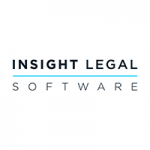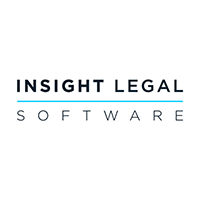Tim Smith at Insight Legal on how to unearth the client service opportunity in Making Tax Digital
The first year of Making Tax Digital (MTD) for VAT, known as the soft landing period, ends this April. During these first 12 months, VATregistered firms used to keying in their quarterly return have been required to install suitable software that records all VAT transactions and then submits the data to the HMRC via an application programming interface (API). For firms without a compliant legal accounts package or that use Excel to record their accounts, bridging software can be used to meet the electronic VAT filing requirements.
There will be firms choosing to use the bridging software option to help get them through this first year. However, as the name suggests, soft landing was only meant to be a temporary measure. It does not deal with other key elements of MTD compliance such as digital record keeping.
IN IT TO WIN IT
What does this mean for law firms? The reality is that those firms who are operating the oldest systems are most likely to be at risk.
It makes no commercial sense for a developer to pour resources into old and redundant software. It’s like polishing a Ford Escort and believing if you buff it well enough it will be like a new car. Just because the legal IT system has worked well in a practice for many years, should not mean it is ‘fit for purpose’ in today’s business environment.
Software suppliers are ploughing development resources into their current platforms, making them relevant and easy to use in today’s world. That includes in relation to MTD, plus a host of other features designed to enhance client engagement.
The end of the soft landing period in April may act as a necessary ‘trigger’ for firms with legacy (old) systems to consider their next step. Clearly, a developer would prefer to migrate all its legacy customers to its current platform. That makes sense for them, not least from a consistency of support point of view. It may not, however, always be in the best interests of the firm.
This article was first published in LPM’s February issue ‘Connecting Clients’, click here to read the full article.



